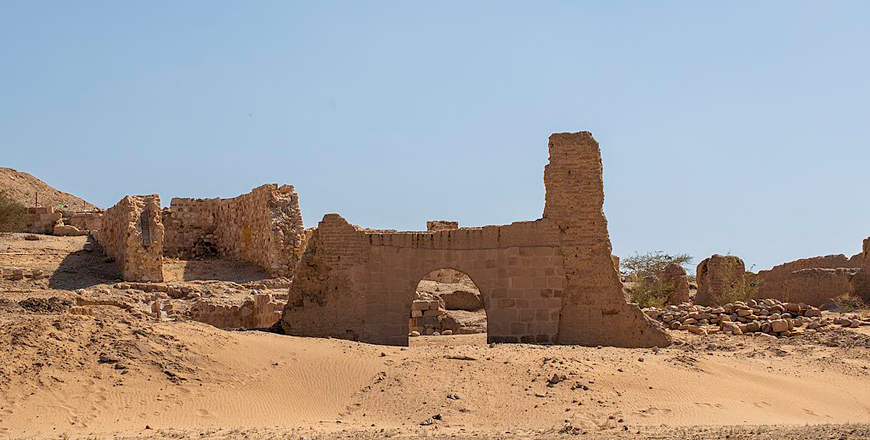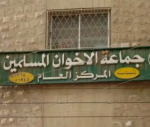You are here
Greek scholar unveils origins of Umayyad’s artwork
By Saeb Rawashdeh - Nov 08,2017 - Last updated at Nov 08,2017
AMMAN — The Umayyad desert palaces constitute a cluster of buildings scattered in Bilad Al Sham, modern day Jordan, Palestine and Syria, which were built — or some of them reused and reshaped — by the Umayyad rulers at the end of the 7th and in the first half of the 8th centuries AD, said Greek scholar Athina Lefa.
Lefa, who comes from the Hellenic Open University in Patras, Greece, said that the majority of desert palaces are located in Jordan, especially in the Balqa region, which used to be under the administrative military rule of Damascus.
“Despite the fact that they are extensively studied, there are still a lot of questions to be answered in relation to their builders, their function, the choice for their location, the people that used them and their construction patterns, among others,” she noted.
They are believed to have been used as retreats for the Umayyad princes and caliphs who, in their quest for places away from the metropolitan centres, chose these isolated places as “spots where their nomadic mentality could find its best expression”, Lefa explained.
“It seems that the Roman-Byzantine castles, which are considered as their predecessors, were scattered along water resources. At that time, there was an intention to combine the control of military spots with the control of water resources,” the Greek archaeologist highlighted.
Furthermore, their geopolitical importance seems obvious given the fact that they are believed to have played a strategic role in diplomatic exchanges between the Umayyads and the local Arab tribes, Lefa noted.
Decline of palaces
“The main reason for their decline was the shift in the geopolitical interests of the Abassids, who succeeded the Umayyads in 750,” the scholar claimed.
The first change the Abbasids imposed, under Al Mansur, was to move the empire’s capital from Damascus to Baghdad in Iraq. As a result, some of these buildings were never completed, she said.
“In terms of politics, in the same way that the Umayyads relied extensively on the local Arab tribes to establish and increase their power, the Abassids depended heavily on the support of Persians,” Lefa pointed out, adding that this shift obviously had an impact on the urban and rural arrangement plans.
Roman, Byzantine and Sassanian influence
The Umayyad period is considered to be the formative period in Islamic art and the different kinds of artistic expression led to the formation of the Umayyad’s visual culture, Lefa said.
She noted that the Umayyads were well aware of the cultural background of their region due to regular trade with Byzantine Bilad Al Sham, extended contacts with both local Christian Arabs and the Ghassanids that exposed them to the cultural tradition of late antiquity, a continuation of the Hellenistic and Roman artistic tradition.
The outcome of these interactions was an Umayyad art shaped by a dialogue with all the existing cultural traditions that produced art works of great artistic value, the scholar emphasised.
“Mosaics and frescoes as means of decoration were already widely used in the region, not only in secular buildings but also in religion-related places like mosques,” she stressed.
“The creation of these mosaics was an attempt to utilise a local deeply rooted tradition in an Islamic context, similar to what the Umayyads had done at the Great Mosque of Damascus,” the scholar highlighted.
As for the frescoes, it is quite clear that they were influenced by the Greco-Roman iconography that was also adapted for the Sassanian art works, she continued, underlining that “the most renowned Sassanian objects are finely crafted silver vessels, many of which feature imaginary from this Greco-Roman iconography, with examples of bearded nude dancing male figures that are thought to belong in the Dionysos [Greek wine god] theme circle”.
The message that Umayyad rulers conveyed to their subject was complex: “They identified the necessity to make their art conceivable and expressive to two audiences: the Islamic, Arabic-speaking one and the local Christian audience.”
This approach led to the alteration of forms and functions of the art aimed at providing new meanings for their audience, which reflected the emerging culture they belonged to, the Greek scholar said.
“Since they were addressing a multicultural group of people, their main goal was to present themselves not as outsiders, but as active contributors to the artistic production. This also lead to the idea of them being continuators and legitimate heirs and would support their current position as rulers of the region,” Lefa concluded.
Related Articles
AMMAN — Despite the existing cultural link between Greece and the Levant, there is still room to boost awareness of the “civilisational inte
AMMAN — Origins of the Gothic architecture can be traced back to the Syrian architectural tradition, said author and cultural writer Diana D
AMMAN – The early Byzantine period was a period of great economic prosperity in the southern Bilad ash-Sham. “Agriculture reached its p



















